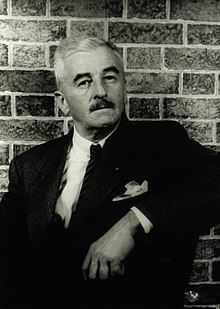Have We Killed Too Many Darlings?
William Faulkner famously said, “In writing, you must kill all your darlings.” The same is true for doc editing.
So here are 5 criteria to slash your fat rough cut without draining the life blood out of your film.
First up on our checklist, cut repetition! Generally this means cutting something that’s already been said, whether its exposition (information) or a story beat (plot point). If two people make the same point, trash one of those lovely soundbites.
(Repetition also applies to characters. If two characters are playing the same role, cut one. You can always add them back in later.)
Second, apply the “need to know” test. I remember PBS producer Jon Else writing in the column of documentary scripts, “NTK?” This shorthand often applies to exposition: extraneous sound bites and long-winded narration Does the audience really need to know this piece of information, or will it distract them?
Which brings us to criteria three. What’s your film really about? If you haven’t yet gotten clarity on your documentary’s a) essential theme, b) 5-10 big ideas, and c) narrative arc, then you can’t very well extract inessentials.
Ask yourself, “Have I gone down a rabbit hole here?” Again, rough cut stage is the time to experiment with cutting tangential material. Cut, then see if you miss it.
Fourth, a great way to slim down a corpulent doc is to amputate an entire scene. When considering such a draconian move, ask yourself, “What is the point of this scene?”
For example, is it to set up the protagonist’s early personality for a later character transformation? Then keep it.
Is it to illustrate an idea? Keep it, unless another scene does the job better.
Is it to introduce an antagonist, or an opposing viewpoint? Keep it. Each scene must earn its keep.
If you’ve used these stringent criteria, chances are your remaining footage will snap, crackle and pop!
Now… what if you’ve slain too many darlings? They’re lying in Faulkner’s cemetery, and you feel you must resurrect them!
Let’s do a little graveside reflection. Recall that first moment of infatuation.Were you present when it was filmed? When you were directing or interviewing, did you experience those hormonal rushes that attend falling in love?
If so, realize that such euphoric emotions are part of the filmmaking process, but sometimes they won’t translate to viewers who weren’t there at the actual time of filming. For them, your moving wedding ceremony or final stellar performance or treasured interview pronouncement may be cliché.
Sometimes the only way to know if darling moments are worth keeping is to get some outside perspective through a rough cut screening and/or a story consultation. Stay tuned for my upcoming two-part series on “Holding a Successful Rough Cut Screening”!
